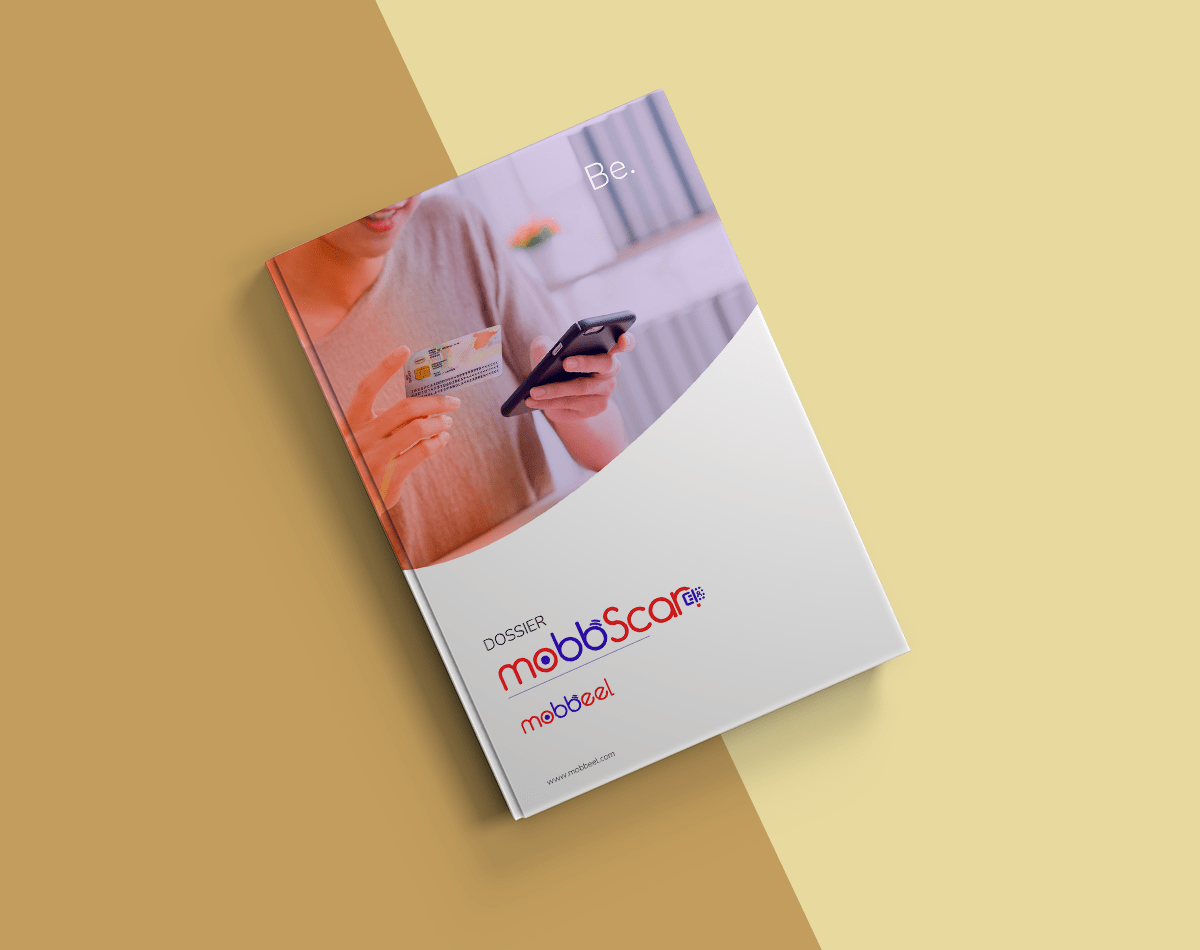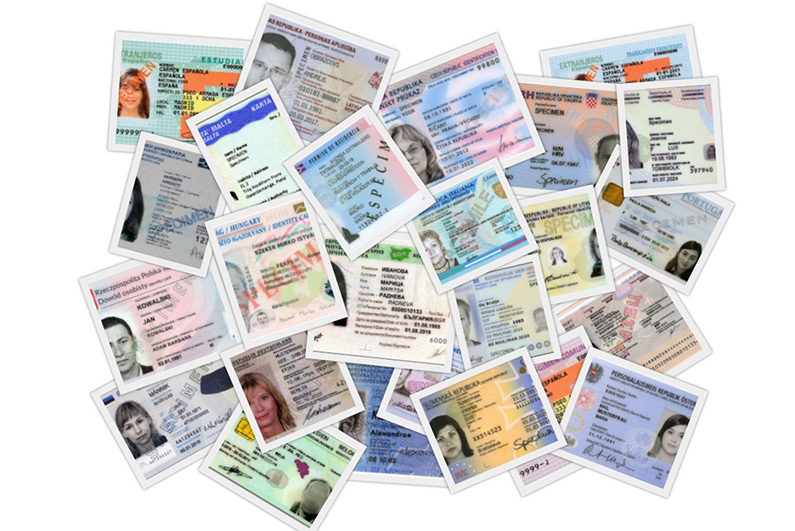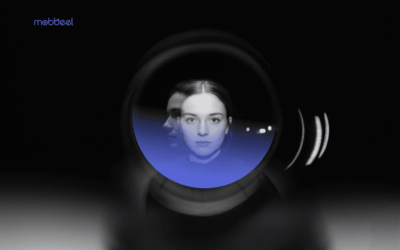One of Mobbeel’s main goals is to provide companies with tools to improve client relationship at all steps: from registration to day-to-day operations. Once onboarding processes have established themselves in the market as a suitable alternative, new kinds of concerns begin to arise.
This fact, together with a tighter regulation and demands in terms of data privacy and security, makes it necessary to take a step further in the development of identity verification technologies.
ID documents forgery detection
One of the requirements that our clients have most clearly moved to us in the last months is the possibility of detecting possible fraud in the use of ID cards: invalid or modified documents, detection of photocopies or screenshots, anomalies or deviations from the official model… The list of possible attack vectors is endless and constantly updated, which forces us to a continuous monitoring to detect possible uncovered threats.
![]() Some of these attack attempts can be tackled with the use of biometrics, such as the identity verification by means of matching calculation between the facial image of the ID and another taken from the user at the time of registration. Also liveness detection methods to avoid spoofing attacks through the use of masks, still images or videos have been implemented.
Some of these attack attempts can be tackled with the use of biometrics, such as the identity verification by means of matching calculation between the facial image of the ID and another taken from the user at the time of registration. Also liveness detection methods to avoid spoofing attacks through the use of masks, still images or videos have been implemented.
![]() Some of these attack attempts can be tackled with the use of biometrics, such as the identity verification by means of matching calculation between the facial image of the ID and another taken from the user at the time of registration. Also liveness detection methods to avoid spoofing attacks through the use of masks, still images or videos have been implemented.
Some of these attack attempts can be tackled with the use of biometrics, such as the identity verification by means of matching calculation between the facial image of the ID and another taken from the user at the time of registration. Also liveness detection methods to avoid spoofing attacks through the use of masks, still images or videos have been implemented.
With respect to ID fraud detection itself, a first approach leads to the analysis of the image file to find traces of possible modification through the use of image editing software.
Our system detects suspicious elements or anomalies in the image stream like compression patterns compatible with the use, local or widespread, of digital processing tools.
ID card physical modification
Even with the three previous elements, there is a weak flank with regard to fraud in the use of identity documents: think about a person who physically modifies his ID card (or uses an invalidated one) and takes an image of the same during the registration process.
In this case, fraud controls based on the analysis of the image file would not find any hint of suspicion and would be given for good, even finishing the entire process successfully.
This possibility is what has made Mobbeel R&D team get down to work in order to develop a completely innovative system to cover this type of cases.
Through the use of artificial intelligence technologies (mainly those within deep learning frameworks) we analyze different features of the ID card appearance to give an overall result on the genuineness and authenticity confidence, allowing companies to establish their own security criteria to mark as suspicious (or directly invalidate) the requests carried out with this type of documents.
Our document verification service is being integrated into many companies and projects that require an extra degree of security: banks, insurance, passenger transportation or gambling among others.
Our R&D Department never stops, and we are currently working to cover new threats, such as the use of generative artificial intelligence that is capable of creating (partially or totally) IDs for their non-legitimate use. Always alert!
If you are interested in our technology do not hesitate to contact us, and if you liked the article, share it and add value to your followers!

I am Head of Mobbeel’s Innovation Department and I work together with the rest of the team in the research and development of biometric and identity verification technologies for the continuous improvement of our products.

PRODUCT BROCHURE
Discover our identity verification solution
Verify your customers’ identities in seconds through ID document scanning and validation, and facial biometric matching with liveness detection.




